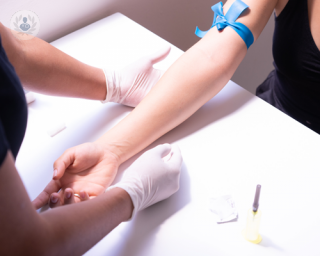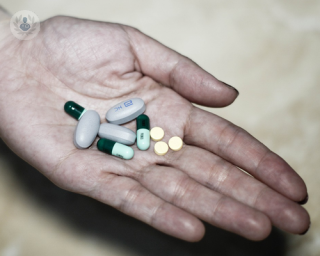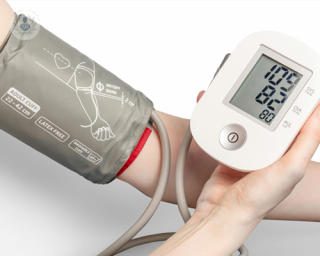Cholesterol test
What is analysed?
Cholesterol is an essential steroid and a type of fatty substance (lipid). It is a component of the cell membranes in all organs of the body, and it plays an important role in the production of hormones and vitamin D.
Cholesterol is transported in the blood by lipoproteins. There are two main types of lipoproteins:
- Low-density lipoprotein (LDL): Often referred to as ‘bad cholesterol’, LDL carries cholesterol from the liver to the cells. If too much LDL cholesterol circulates in the blood, it can accumulate on the walls of the arteries, forming plaques.
- High-density lipoprotein (LDL): Often referred to as ‘good cholesterol’, HDL helps remove excess cholesterol from the blood and transport it to the liver to be eliminated from the body.

What does the result mean?
The cholesterol test measures all cholesterol transported by lipoproteins in the blood:
- Total cholesterol
- LDL cholesterol
- HDL cholesterol
- Triglycerides, a type of fat
Why conduct the analysis?
The cholesterol test is conducted to assess the risk of cardiovascular disease and to evaluate the effectiveness of treatment for high cholesterol.
When to conduct the analysis?
The cholesterol test is conducted:
- As part of routine health check-ups.
- For patients on treatment for high cholesterol and for patients with risk factors for cardiovascular disease such as a family history of heart disease, obesity, or diabetes.
What sample is required?
A blood sample is required. The blood is drawn from a vein, usually in the arm.
Is any prior preparation necessary?
Patients should fast for 8-12 hours before the blood sample is taken. In addition, patients should also inform a healthcare professional about any medications being taken, as they could affect results.
How is it performed?
The sample is sent to a laboratory, where it is analysed using automated analysers or manual techniques to measure the levels of different cholesterol components in the body.
What are the normal values?
| Test | Normal range |
|---|---|
| Total cholesterol | 5mmol/L or less for healthy adults /// 4mmol/L or less for adults who are at high risk |
| LDL cholesterol | 3mmol/L or less for healthy adults /// 2mmol/L or less for adults who are at high risk |
| HDL cholesterol | 1mmol/L or above for healthy adults |
| Triglycerides | 1.7mmol/L or less for healthy adults |
What does having altered values mean?
- High LDL cholesterol: High LDL cholesterol levels indicate risk of atherosclerosis, which can lead to heart disease and stroke.
- Low HDL cholesterol: Low HDL cholesterol levels indicate risk of cardiovascular disease.
- High triglycerides: High triglycerides indicate risk of cardiovascular disease and pancreatitis.





